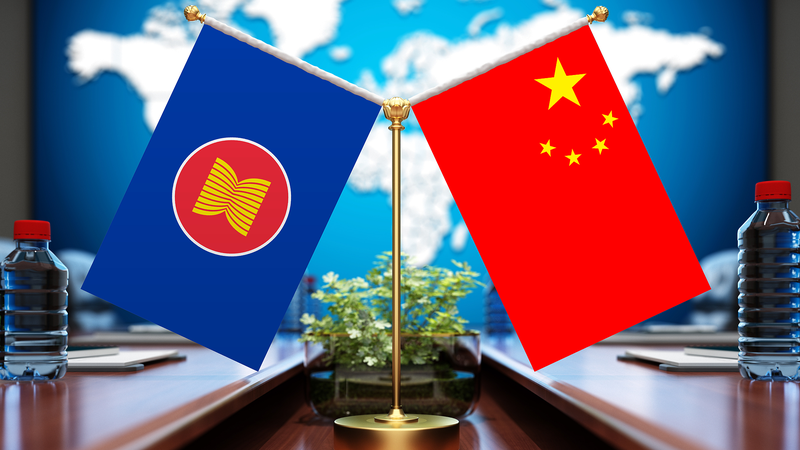At a pivotal moment for the global economy, representatives from the Chinese mainland and the U.S. recently sat down for candid, in-depth talks on critical trade issues. Hosted by the Chinese mainland’s international trade representative Li Chenggang, the discussions covered U.S. Section 301 measures on maritime, logistics and shipbuilding, reciprocal tariff suspensions, and tariffs tied to fentanyl imports.
While these negotiations may sound technical, they’re a barometer for the health of worldwide commerce. Since 2018, U.S. tariffs on the Chinese mainland—originally intended to shield domestic industries—have often acted like a regressive tax on American households. Research from the Peterson Institute for International Economics suggests these levies have driven up annual spending, especially on car parts and electronics that rely on complex Sino-U.S. supply chains.
That extra cost has also complicated the Federal Reserve’s fight against inflation. By raising import prices, tariffs interfere with the Fed’s carefully calibrated interest rate policies, creating headwinds for economic recovery.
On the flip side of the Pacific, farmers in the U.S. have felt the sting too. Faced with higher tariffs on soybeans, the Chinese mainland has pivoted to South American suppliers in Brazil and Argentina, cutting off American growers from their largest export market. This shift underscores a hard truth: in a globalized world, weaponizing interdependence backfires.
Yet the stakes go beyond farm fields. Semiconductors and rare earths are now strategic flashpoints. Restrictions on advanced chip exports to the Chinese mainland aimed to slow down its high-tech push, but they’ve also sparked a surge in domestic investment. The mainland is racing toward self-sufficiency, while U.S. chipmakers risk losing market share and future R&D momentum without access to the world’s biggest chip market.
As these talks press on, the challenge will be finding common ground that supports free trade, innovation and a stable global economy. For young entrepreneurs, tech enthusiasts and global citizens alike, the outcome will shape the next chapter of interconnected markets—and the bridges we build across them.
Reference(s):
Wise minds build bridges: Inside the latest China-U.S. trade talks
cgtn.com




